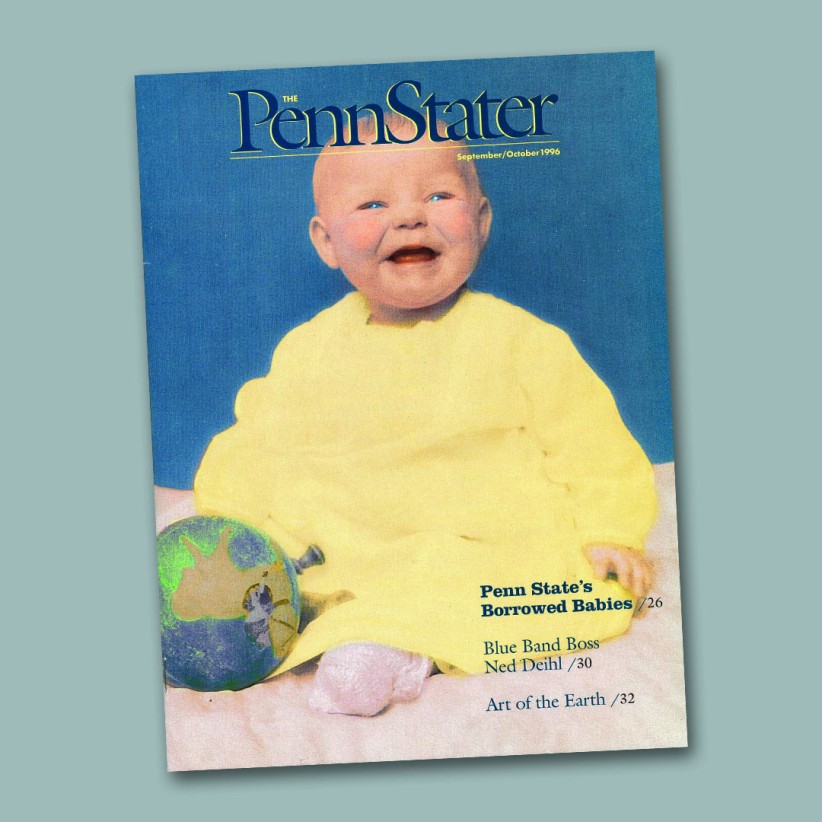Blue Books, Baby Bottles, and Baked Alaska
This article from the September/October 1996 Penn Stater details how Penn State’s home management houses in the early to mid-1900s taught the fine points of raising a family.

This article from the September/October 1996 Penn Stater details how Penn State’s home management houses in the early to mid-1900s taught the fine points of raising a family.
